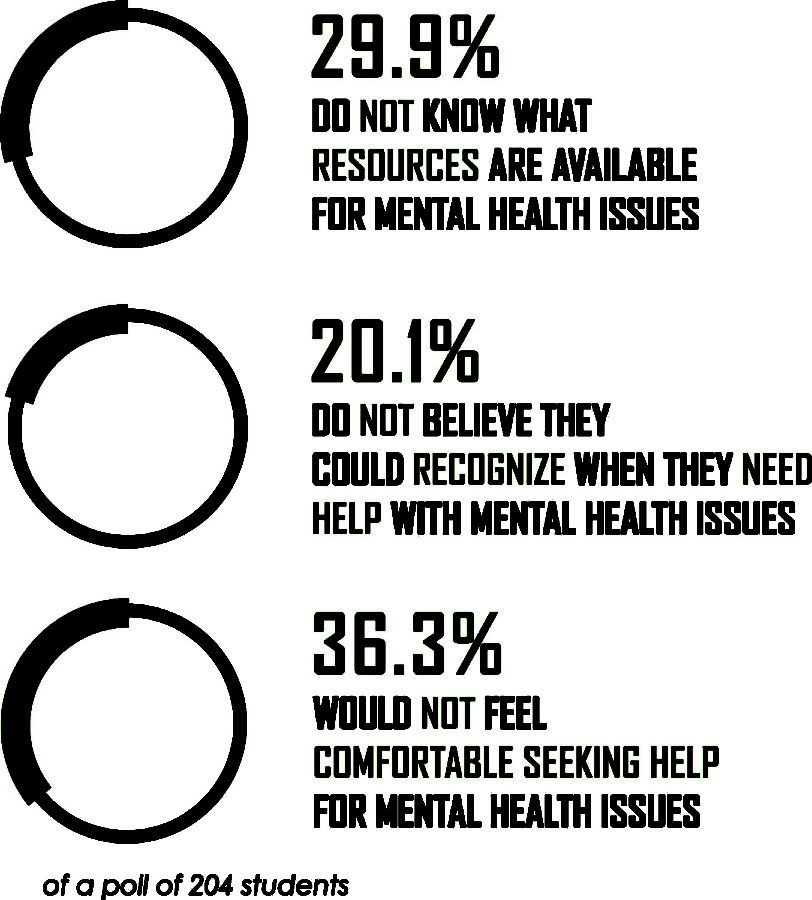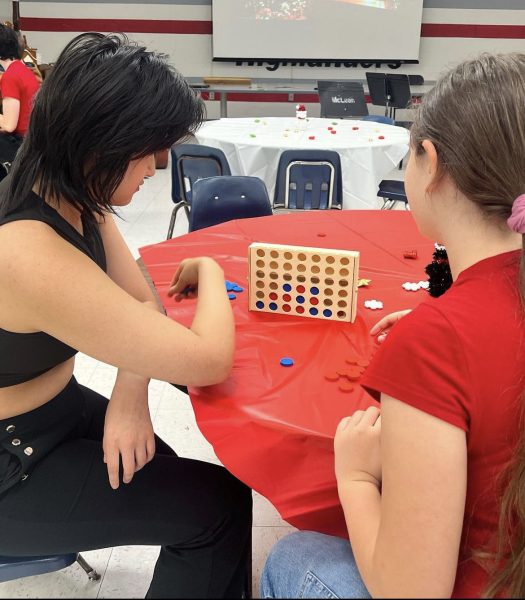Strength in admitting weakness
Students should not hesitate to seek the help they need
April 8, 2019
The stigma that surrounds mental health issues and getting help contributes to an unhealthy environment that fosters negativity. These issues are serious and can develop into potentially life-threatening consequences, and they are not new in our schools.
According to the 2017 Fairfax County Youth Survey, 27.3 percent of students reported feeling depressive symptoms within the last year. Furthermore, 31.2 percent of 12th graders felt the same thing—higher than the national average.
Students have to deal with the increasingly intense academic and social pressures that come from a competitive schooling system filled with equally competitive peers. This contributes to the high rates of depression seen in students.
The social aspects of a teenager’s life can be especially detrimental to their mental health by creating overpowering feelings of loneliness and exclusion.
“I think something that a lot of teenagers feel is left out,” licensed clinical social worker Kristin Heinz said. “One of the biggest issues affecting them is this need to feel connected with those around them. [They get] a sense that they are different, that they don’t fit in and are not accepted by others.”
This introduces a large obstacle in seeking help, as not seeing problems in other people will only serve to amplify a teenager’s feelings of isolation. They are led to believe that they are not only feeling alone, but are also alone in their struggle.
“I felt trapped and out of control. I felt like there weren’t many people I could turn to, especially because, for me, the people I turn to are my family members, so when they became the problem, there wasn’t much I could do to make things better,” an anonymous student said.
Feeling like a burden to others can also hinder motivation to get help; people can feel like their problems are theirs to deal with and that bringing them up to others is irresponsible or simply undesirable. Especially when the nature of the problem is personal or sensitive, they will struggle in opening up to a complete stranger.
“I think it’s the lack of knowing and maybe not being able to trust other people. Personally, I know Ms. Werfel from the Girls Leadership Committee, so I have a personal relationship with her. That’s why if I ever need to talk to her, I have no issue doing so,” junior Sophie Howery said. “But I do see how if you didn’t know Ms. Werfel, how you’d feel possibly awkward seeking help.”
In order to want to seek help, students need to have a positive relationship with possible help sources. Therapists can substantially uplift someone’s well being, and are an excellent, confidential option that everyone having issues should consider. Nevertheless, teenagers can still be hesitant to try therapy.
“A lot of times, therapy with a [teenager] is really [about] trying to build a positive therapeutic relationship where they feel that they can have somebody they can lean on, that they can unload their problems to and that person is willing and eager to help,” Heinz said.
Since therapy is not an option that is widely accessible to all people that are experiencing mental health problems, both McLean High School and Fairfax County have many resources that students can seek if they feel the need. Outside help is crucial, and the negative feelings students may have can pressure them into being reclusive.
“We’re very lucky here at McLean, because we have two school psychologists and a clinical social worker, so we have a lot of good support [available] on any day. All three of us can have students in our offices because the need is there,” school social worker Marly Jerome-Featherson said.
Running into problems throughout life is to be expected. These problems do not dictate whether or not there is something fundamentally wrong with someone’s mind, or that they are weak for seeking help.
“We’re human beings. And by that, I mean we’re relational beings, we need others to survive—we can’t survive in a vacuum,” Heinz said. “And that’s where connecting first with the therapist to understand maybe on a deeper level why [can help].”






